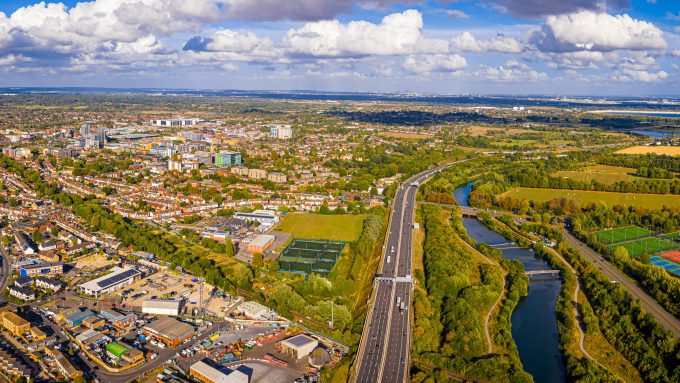
Smart Ports: Climate-Resilient River Operations in London by Predictive Digital Twin Use Case

Connected Places Catapult is working together with Royal HaskoningDHV and ports around the UK, releasing a series of smart ports use cases. Smart Ports are a key theme being explored and developed globally, having the potential to support the digitalisation of supply chains and logistics, increase resiliency, improve efficiency and accelerate decarbonisation.
Our third use case has been developed alongside the Port of London Authority, with operations covering 95 miles of the River Thames, from Teddington to the North Sea. The Port of London is the second largest port in the UK by tonnage, made up from over 70 independent terminals and employing over 30,000 people. The concept of Smart Ports is one that is being explored, and we are helping the Port of London to support their plans for the future.
Climate change is one of the greatest challenges places will face in the coming decades, with our coastal cities and river communities feeling the pressures. Latest predictions in UKCP18 predict a sea level increase, in London, of at least 0.3m and up to 1.15m by 2100 relative to 1981-2000 averages. The River Thames is a critical artery for leisure and freight traffic, with depth and air draft limitations impacted by weather, tide, extraction and flood defences; so understanding future behaviour of the river is vital to planners and operators to ensure resilience. This use case examines the potential of developing a reliable and self-learning river level prediction tool for operational decisions and strategic planning, absorbing all the river influence data, and then extracting it into a climate scenario simulation model – a constantly learning digital twin.





